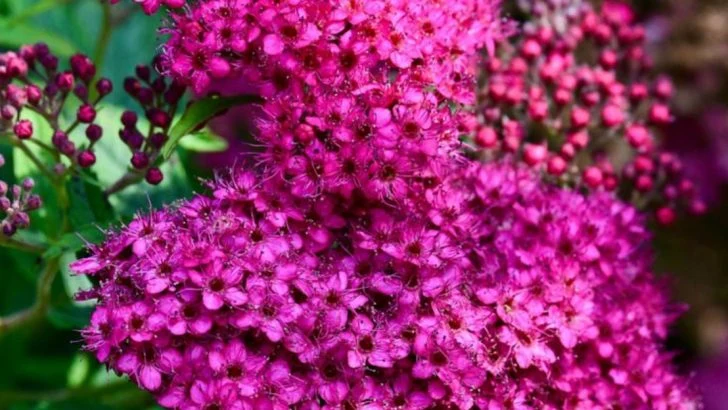Pruning shrubs is essential for maintaining their shape and health, but some varieties can suffer serious damage if cut back too hard. Over-pruning can lead to poor growth, fewer blooms, or even plant death, so knowing which shrubs require a gentle touch is crucial.
In this article, we highlight 22 shrubs you should never hard prune—unless you want to ruin them. From flowering favorites to evergreen staples, these plants need careful trimming to stay healthy and beautiful. If you want to keep your shrubs thriving year after year, be sure to avoid these common pruning mistakes!
Hydrangea macrophylla
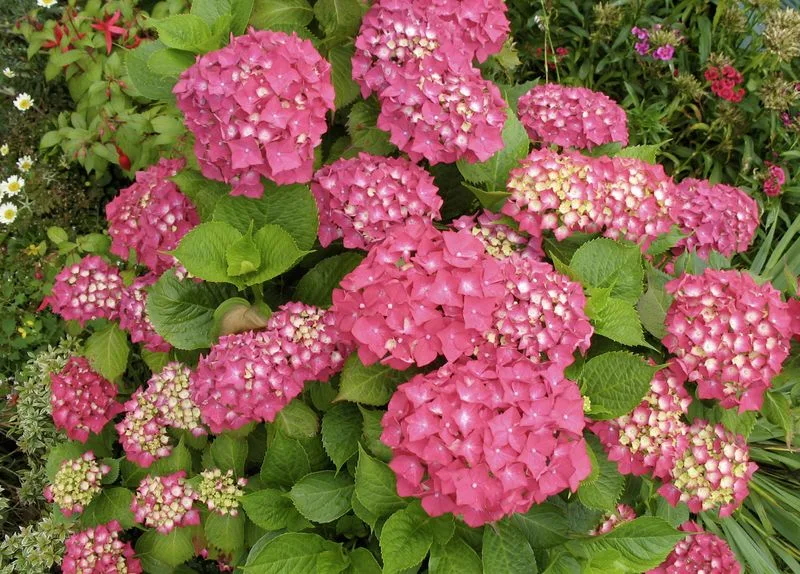
Bold blooms of the Hydrangea macrophylla are sensitive to aggressive pruning. These plants set their buds on old wood, meaning hard cuts can strip next year’s flower potential. For gardeners eager to see abundant blooms, careful trimming is key. Prune just after the flowering period, focusing on removing dead wood and spent blooms. This allows the plant to focus its energy on developing strong new branches, readying for the next flowering season. Remember, a gentle touch ensures these shrubs continue to grace your garden with their vibrant colors.
Forsythia
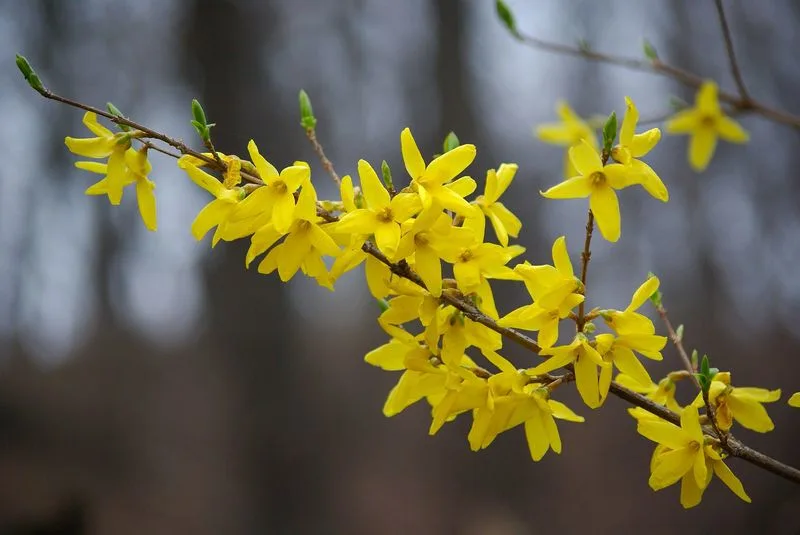
Forsythia’s cheerful yellow blooms herald spring, but hard pruning can rob your garden of this early color. These shrubs bloom on last year’s growth, so cutting too deeply will reduce flowering. To maintain their vibrant display, trim just after they finish blooming. Focus on shaping and removing any dead or crossing branches. This approach encourages healthy growth and maintains their natural arching habit. With light pruning, Forsythias continue to be a bright spot in the transition from winter to spring.
Lilac (Syringa vulgaris)
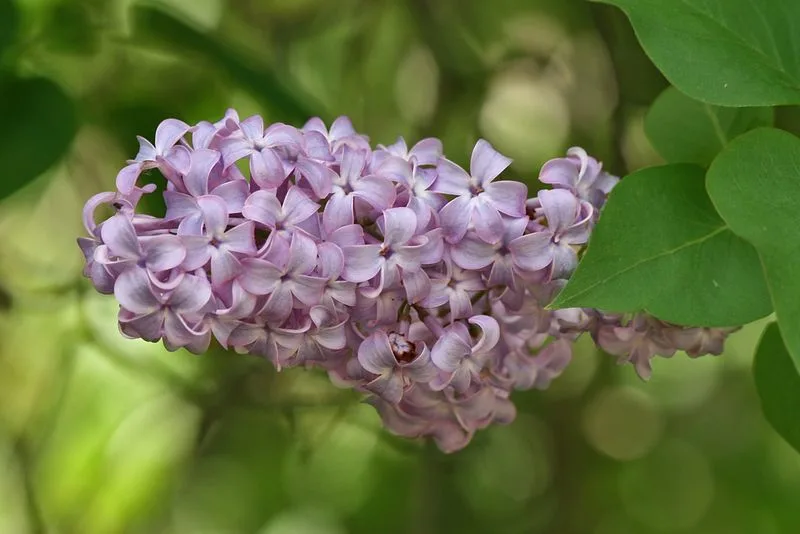
Known for their fragrant blooms, lilacs dislike harsh pruning. This can lead to fewer flowers and a sparse appearance. Instead, prune immediately after flowering. Focus on deadheading spent blooms and removing older stems to encourage new growth. This method rejuvenates the shrub and ensures a robust display the following year. Lilacs thrive with gentle care, rewarding gardeners with a profusion of flowers each spring. Handle with care for a flourishing lilac hedge that’s the envy of the neighborhood.
Rhododendron
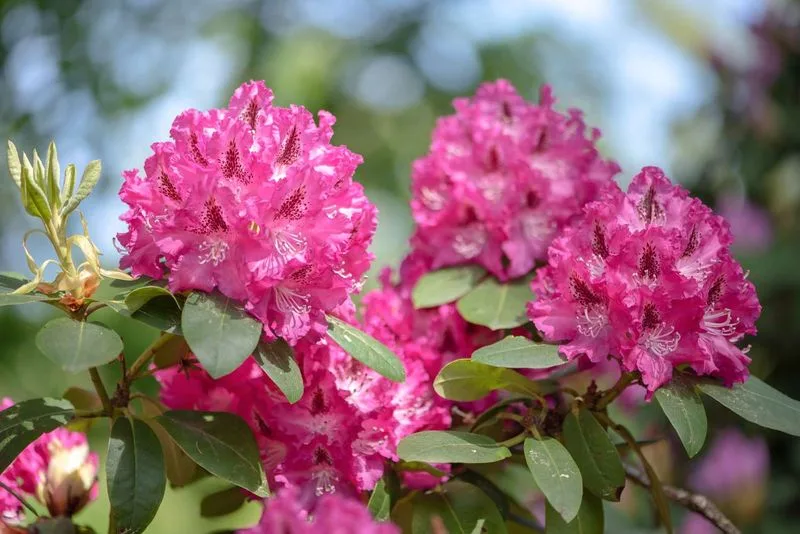
Rhododendrons are a staple in many gardens thanks to their striking flowers and evergreen leaves. However, severe pruning can stress these shrubs and reduce flowering. Instead, remove spent flowers and lightly shape them after they finish blooming. This approach preserves the plant’s health and encourages a robust flowering next season. Rhododendrons benefit from a steady hand, maintaining their lush appearance throughout the year. With proper care, these shrubs continue to be a garden favorite.
Azalea
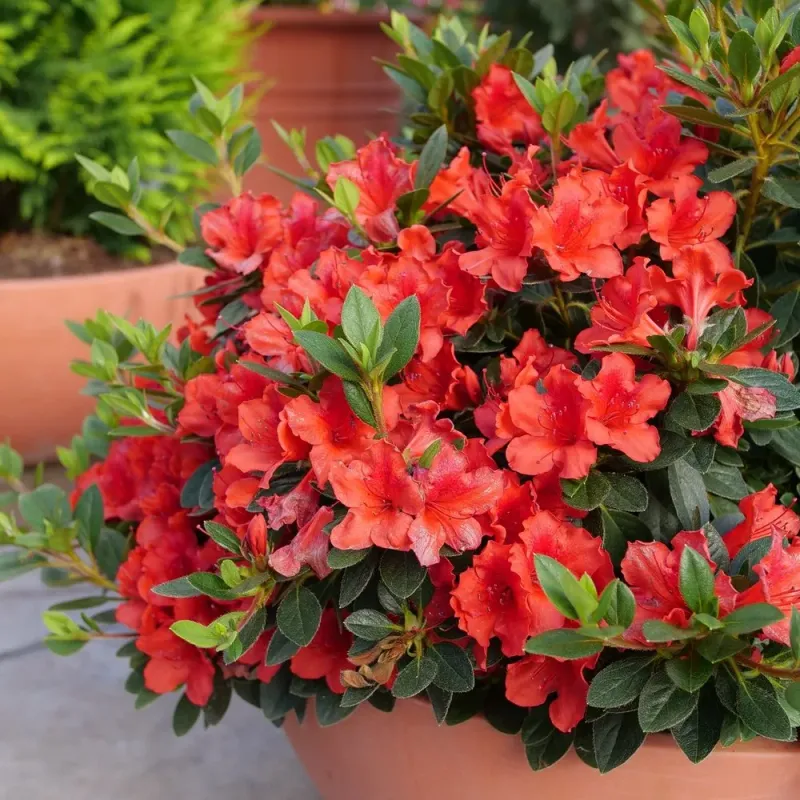
Azaleas burst with color in spring, making them a garden favorite. Heavy pruning can lead to fewer flowers and a scraggly shape. For best results, prune immediately after flowering. Focus on light shaping and removing any dead or crossing branches. This maintains their natural form and encourages healthier growth. With minimal intervention, azaleas reward gardeners with a stunning floral display each year. Avoid the urge to over-prune, and these beauties will continue to brighten your garden.
Camellia
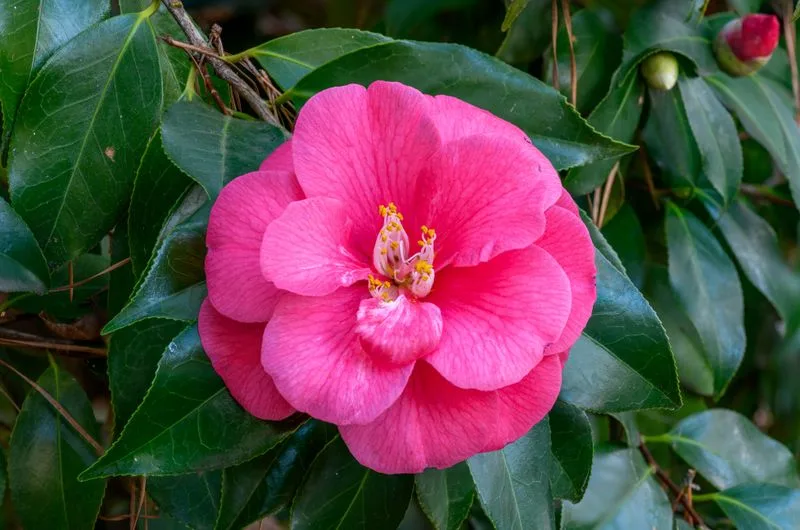
Camellias are prized for their glossy leaves and stunning blooms. However, they resent hard pruning. To keep them thriving, prune lightly after flowering. Remove dead or weak branches and shape them gently. This maintains their structure and promotes healthy growth. Camellias are slow growers, so patience is key. With the right touch, they will flourish, providing beauty and elegance to your garden. Handle these delicate shrubs with care to enjoy their perennial charm.
Gardenia
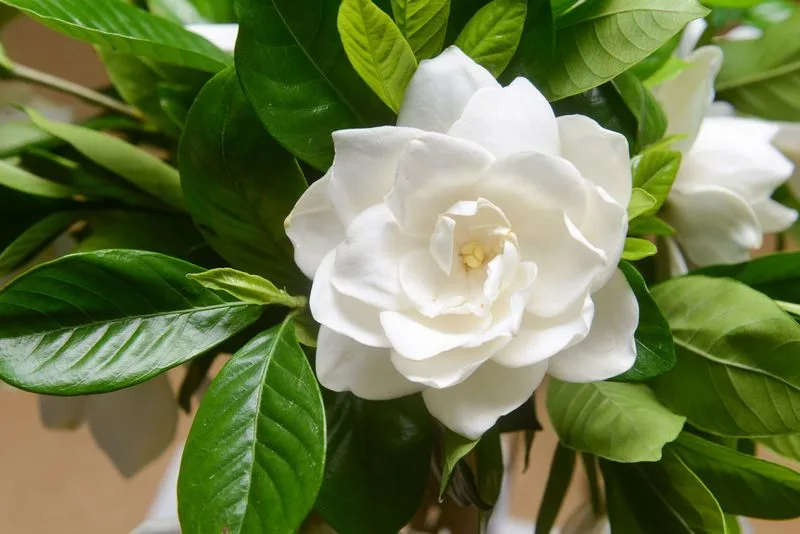
Gardenias are cherished for their intoxicating fragrance and creamy white flowers. Heavy pruning can result in fewer blooms and stress the plant. Instead, prune lightly after flowering, focusing on spent blooms and dead branches. This encourages bushier growth and a healthier plant overall. Gardenias appreciate gentle handling, rewarding gardeners with a robust bloom every year. Keep your gardenia thriving by resisting the urge to cut too deeply. A soft approach ensures these shrubs remain a fragrant highlight in any garden.
Magnolia
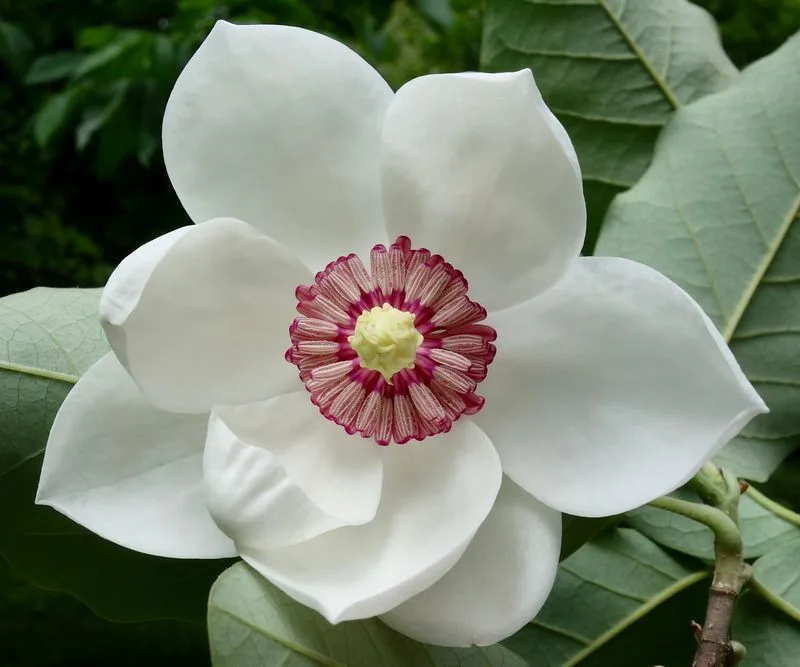
Magnolias enchant with their large, fragrant blooms. However, hard pruning can disrupt their natural form and flowering. Instead, prune after blooming to maintain their shape. Remove dead or damaged branches, allowing the tree to focus on new growth. Magnolias thrive with minimal intervention, maintaining their majestic presence in your garden. These trees benefit from a cautious approach, ensuring they continue to be a standout feature. Handle with care to preserve their beauty and grace.
Wisteria
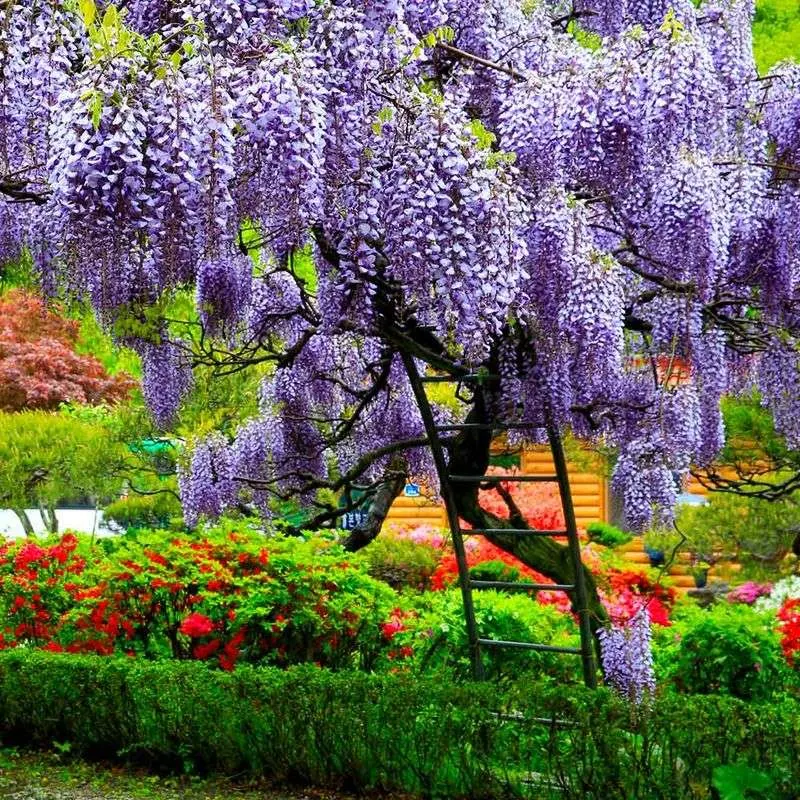
Wisteria is known for its cascading blooms and vigorous growth. However, hard pruning can diminish its flowering potential. Instead, prune twice a year: lightly in summer and more thoroughly in winter. Focus on removing any straggly or dead vines to ensure healthy growth. This encourages the plant to put energy into blooming rather than excessive growth. Wisterias benefit from a balanced approach, ensuring they remain a striking feature in your garden. With proper care, they reward with an abundant floral display.
Clematis
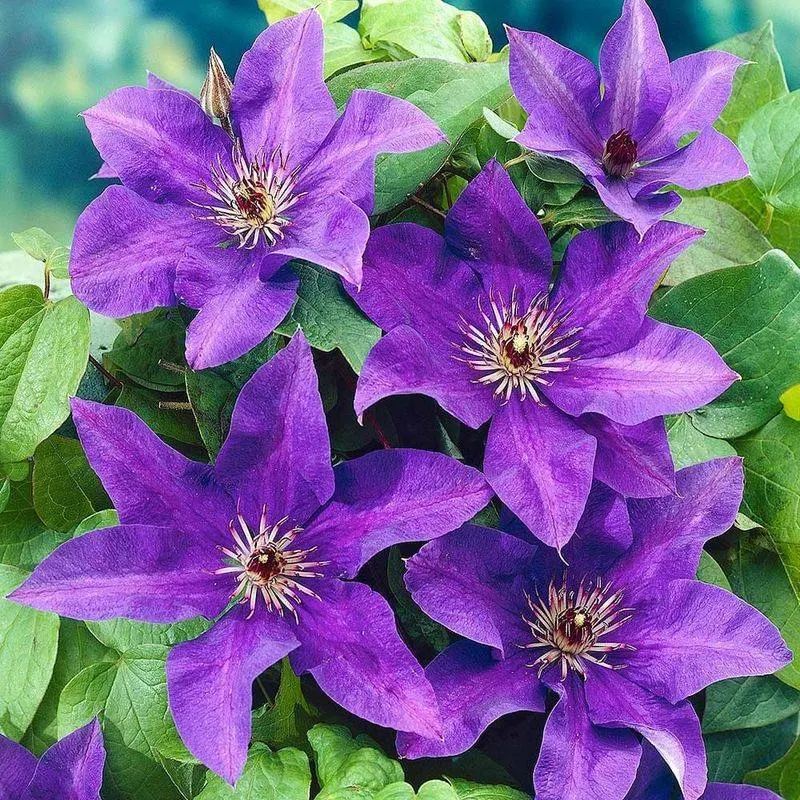
Clematis vines are beloved for their vibrant flowers, but harsh pruning can reduce blooming. Prune gently, focusing on dead or damaged stems. Different varieties require specific pruning techniques, so identify yours before cutting. This ensures you’re encouraging the best growth and flowering potential. With careful attention, clematis will climb gracefully, adding vertical interest to your garden. A light touch keeps them thriving, ensuring a continuous cascade of blooms throughout the season.
Weigela
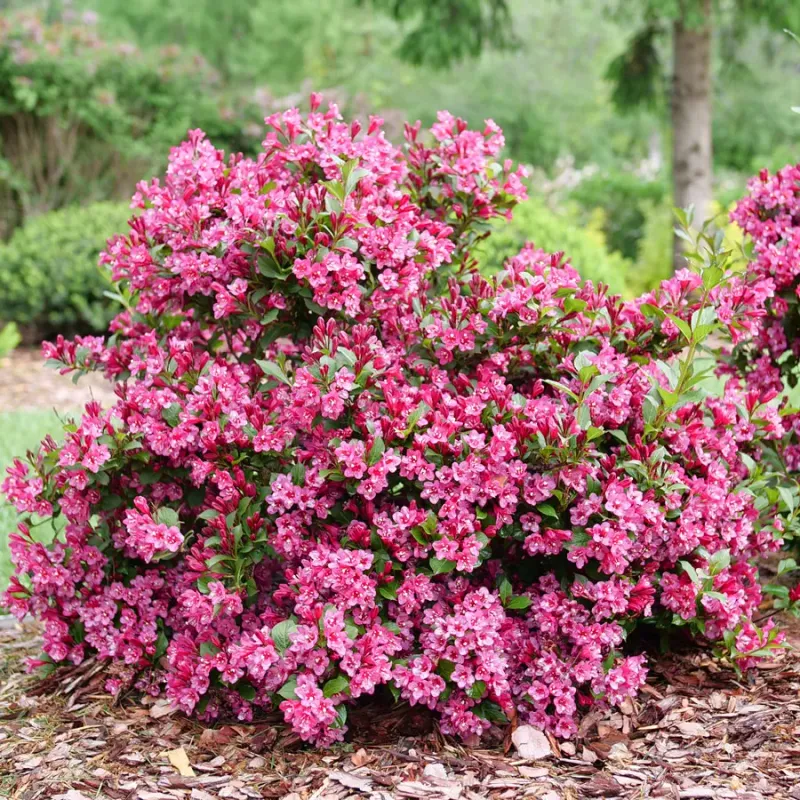
Weigela’s bright blooms and leafy branches are a garden delight. However, hard pruning can lead to fewer flowers and a less appealing shape. Prune after the flowering season, focusing on shaping and removing deadwood. This approach revitalizes the plant, encouraging more vigorous growth and blooming. With minimal intervention, weigelas continue to charm with their colorful display. Keeping the pruning light ensures these shrubs remain a vibrant part of your garden landscape.
Spirea

Spirea shrubs are known for their clusters of small blossoms. Hard pruning can stress these plants, leading to sparse blooms. Instead, prune lightly after they finish flowering. Focus on removing dead wood and shaping the bush to encourage healthy growth. This keeps the plant vigorous and full of blooms each season. Spirea benefits from careful attention, rewarding gardeners with a profusion of flowers. Avoid heavy cuts to maintain its natural grace and vitality.
Pieris japonica
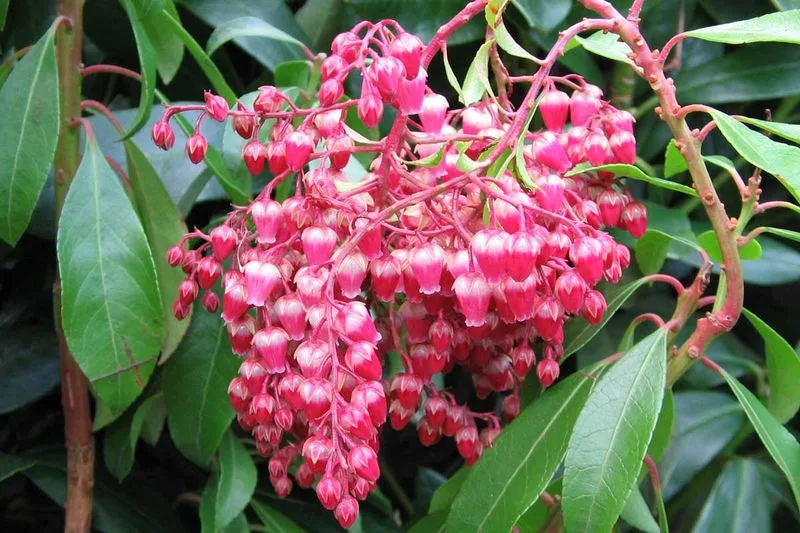
Pieris japonica is admired for its cascading flowers and colorful new growth. Hard pruning can diminish its charm. Instead, prune lightly after blooming, removing spent flower clusters and dead branches. This keeps the plant healthy and encourages vibrant new growth. Pieris japonica thrives with a gentle approach, maintaining its ornamental appeal. By avoiding heavy pruning, you ensure this shrub continues to be a standout in your garden throughout the seasons.
Japanese Maple (Acer palmatum)
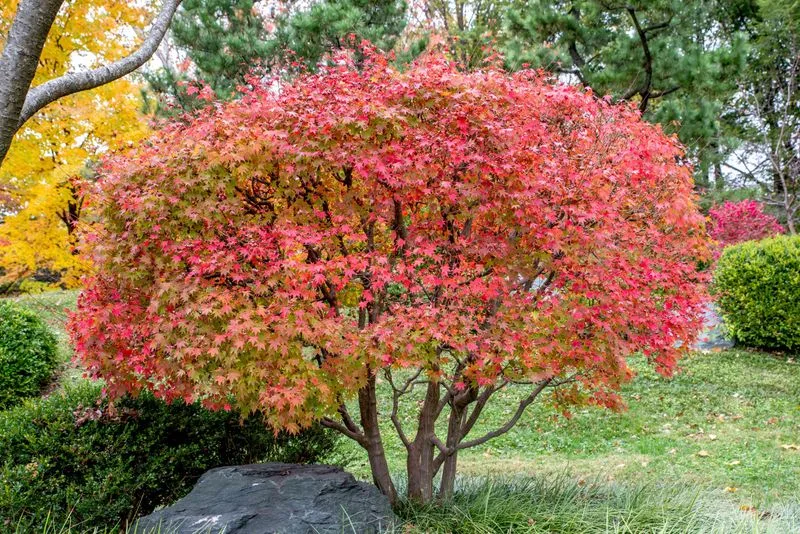
Japanese maples are prized for their delicate foliage and striking form. Hard pruning can spoil their natural shape. Instead, prune lightly in late winter or early spring. Focus on removing dead or crossing branches to maintain their structure. This ensures healthy growth and a graceful silhouette. With careful handling, Japanese maples continue to be a striking feature in any garden. These beautiful trees benefit from patience and a gentle touch to preserve their elegance.
Boxwood (Buxus)

Boxwoods are popular for their dense, evergreen foliage, perfect for hedges. However, severe pruning can stress them, causing brown patches. Trim lightly, focusing on shaping and removing dead or diseased branches. This keeps the hedge looking neat and healthy. Boxwoods appreciate regular, gentle trimming to maintain their classic appearance. By avoiding harsh cuts, you ensure they continue to thrive as a sophisticated addition to any garden.
Heavenly Bamboo (Nandina domestica)
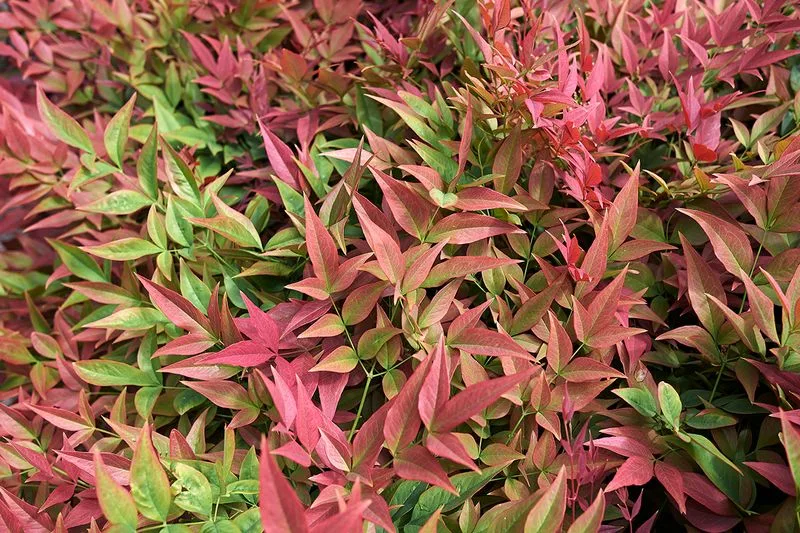
Heavenly Bamboo is valued for its colorful foliage and berries. Hard pruning can disrupt its natural form and berry production. Instead, prune lightly in spring, focusing on removing old canes and shaping. This promotes healthy growth and berry production. With a delicate approach, Nandina remains a vibrant part of your garden year-round. Avoid severe cuts to maintain its ornamental beauty and ensure it continues to provide seasonal interest with minimal effort.
Ninebark (Physocarpus opulifolius)

Ninebark is admired for its peeling bark and floral clusters. Hard pruning can lead to weak growth and fewer flowers. Prune after flowering, focusing on deadheading and shaping. This encourages strong new growth and an abundance of blooms. Ninebark thrives with minimal intervention, continuing to add texture and color to your garden. Handle with care to preserve its unique characteristics and ensure it remains a standout feature.
Smoke Bush (Cotinus coggygria)
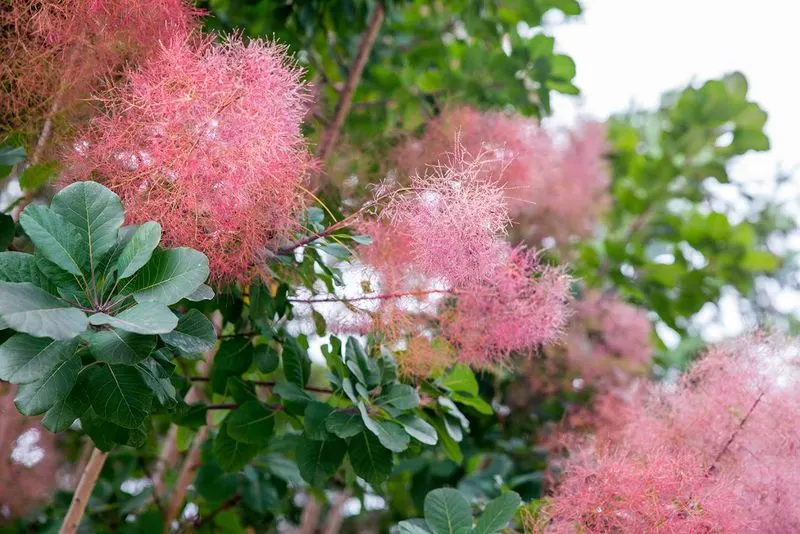
Smoke Bushes are known for their unique foliage and airy blooms. Hard pruning can stress the plant and reduce its visual appeal. Prune in early spring, focusing on shaping and removing dead wood. This encourages healthy, vigorous growth and maintains its striking appearance. With a careful approach, Smoke Bushes continue to provide a dramatic focal point in your garden. Avoid heavy cuts to ensure they thrive and maintain their distinctive character.
Dogwood (Cornus)

Dogwoods are cherished for their spring blooms and vibrant fall foliage. Hard pruning can spoil their natural shape and flowering. Instead, prune lightly in late winter or early spring, focusing on removing dead or crossing branches. This maintains their graceful structure and ensures abundant blooms. Dogwoods benefit from a gentle touch, preserving their beauty throughout the seasons. With proper care, they continue to be a highlight in any garden, offering year-round interest.
Viburnum
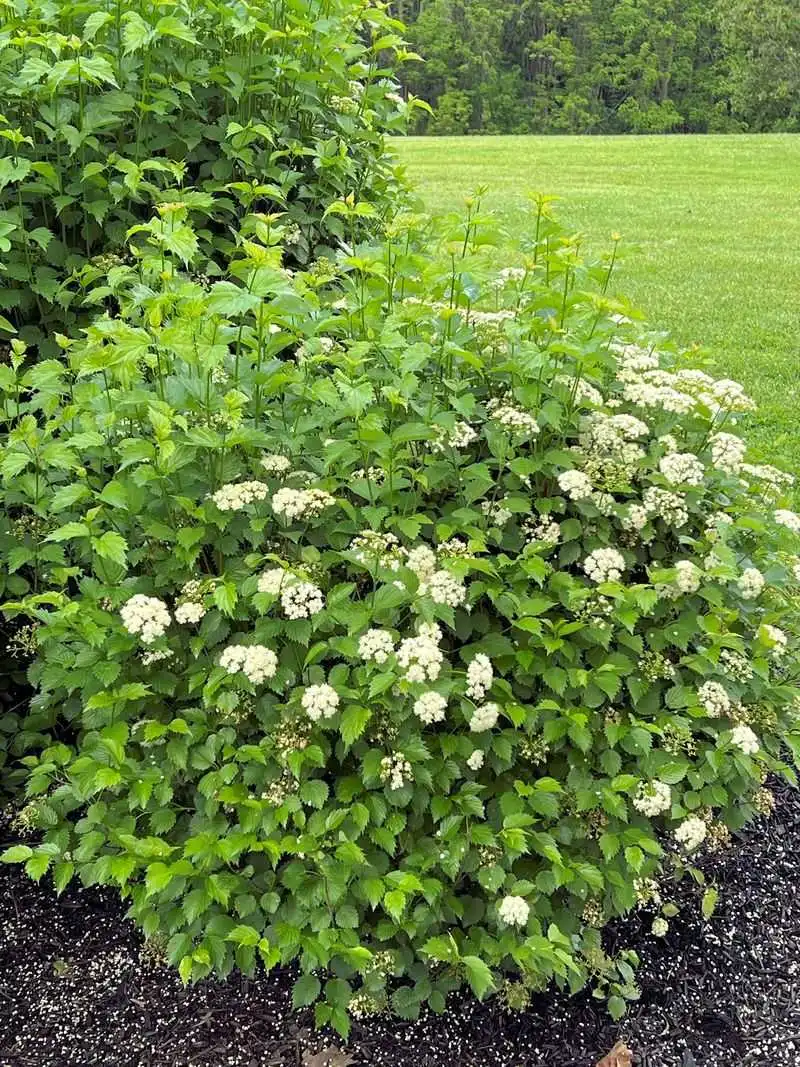
Viburnums are versatile shrubs with attractive flowers and berries. Hard pruning can lead to fewer flowers and a sparse appearance. Prune lightly after flowering, focusing on shaping and removing old or dead wood. This encourages healthy growth and a full, vibrant appearance. Viburnums thrive with minimal intervention, rewarding gardeners with a stunning display each year. By avoiding harsh cuts, you ensure these shrubs continue to thrive and enhance your garden.
Abelia
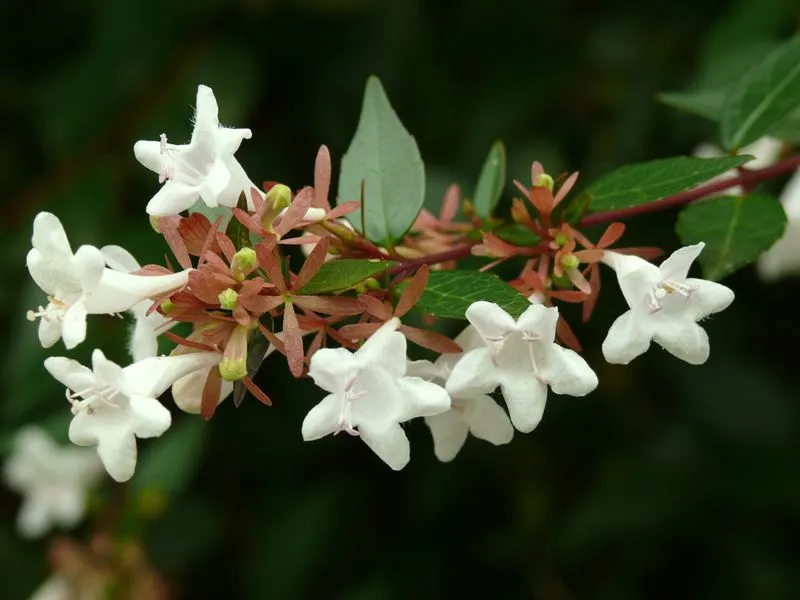
Abelia’s delicate blooms are a subtle charm in any garden. Hard pruning can disrupt their flowering pattern and lead to a leggy appearance. Prune lightly in late winter or early spring, focusing on shaping and removing any dead or damaged branches. This encourages a dense growth habit and a profusion of flowers. With gentle handling, Abelias continue to add elegance and beauty to your garden. Avoid aggressive cuts to maintain their graceful form.
Holly (Ilex)
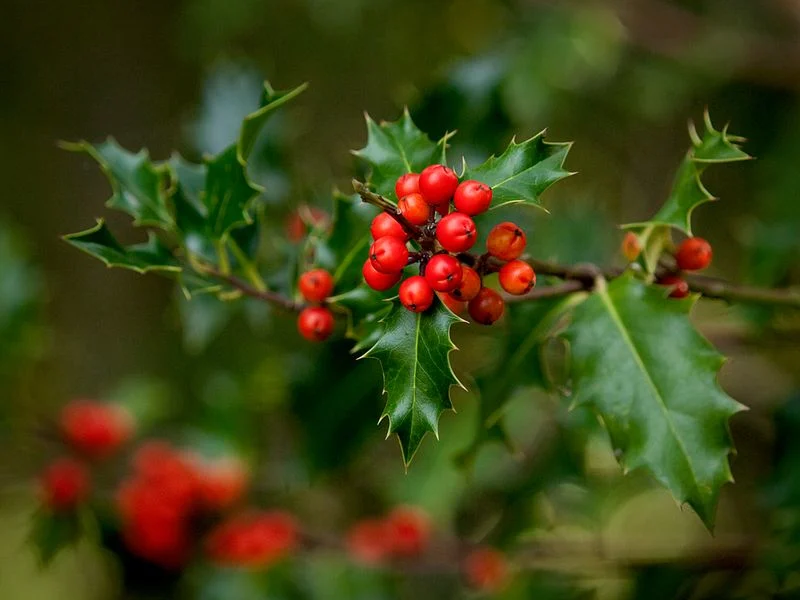
Holly bushes are known for their glossy leaves and vibrant berries. Hard pruning can result in fewer berries and a sparse look. Trim lightly, focusing on shaping and removing any dead or diseased wood. This ensures a healthy, dense plant with optimal berry production. Hollies benefit from a light touch, keeping them as a festive addition to any landscape. By avoiding severe pruning, you ensure they remain a cherished part of your garden, especially during the holiday season.

